Description
This material meets the need for a smoother and more absorbable synthetic suture. Furthermore, it easily passes through tissue with minimal drag.
Poliglactin sutures facilitate easy handling due to their gentle tie and unparalleled knot security. Additionally, the suture is composed of a copolymer of lactide and glycolide (poliglactin 910), equally coated with poliglactin 370 and calcium stearate.
After two weeks post-implantation, approximately 79% of the tensile strength of the poliglactin suture is retained. Around 58% of tensile strength is maintained after three weeks for sizes 6-0 and larger. At three weeks, 57% of tensile strength is retained for sizes 7-0 and smaller.
After four weeks, 25% of the original strength is retained for sizes 6-0 and larger. However, all of the original tensile strength is lost by the fifth week post-implantation.
Poliglactin has minimal absorption through hydrolysis for up to 40 days and is essentially complete between 56 and 70 days. Lactic acid and glycolic acid are easily removed from the body, primarily through urine. Like non-coated sutures, poliglactin sutures cause only mild tissue reaction during absorption. However, their safety and effectiveness in neural and cardiovascular tissue have not been established.
Furthermore, transcutaneous or conjunctival sutures that remain in place for more than seven days may cause localized irritation and should be removed as indicated. Additionally, poliglactin sutures are available as violet-colored braided strands and natural-colored strands in various lengths with or without needles.
 Other Features
Other Features
- Color: Violet
- Suture size: From 8/0 to 2 USP
- Ethylene oxide sterilization
- Available in boxes of 12 or 36 units
 Recommended Procedures
Recommended Procedures
- General soft tissue suturing
- General Surgery
- Ophthalmology
 Tensile Strength Retention
Tensile Strength Retention
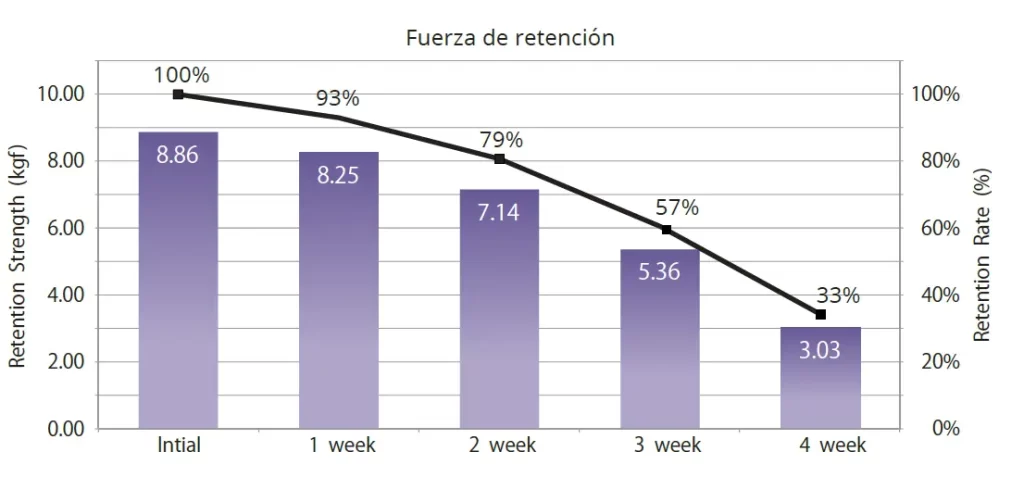

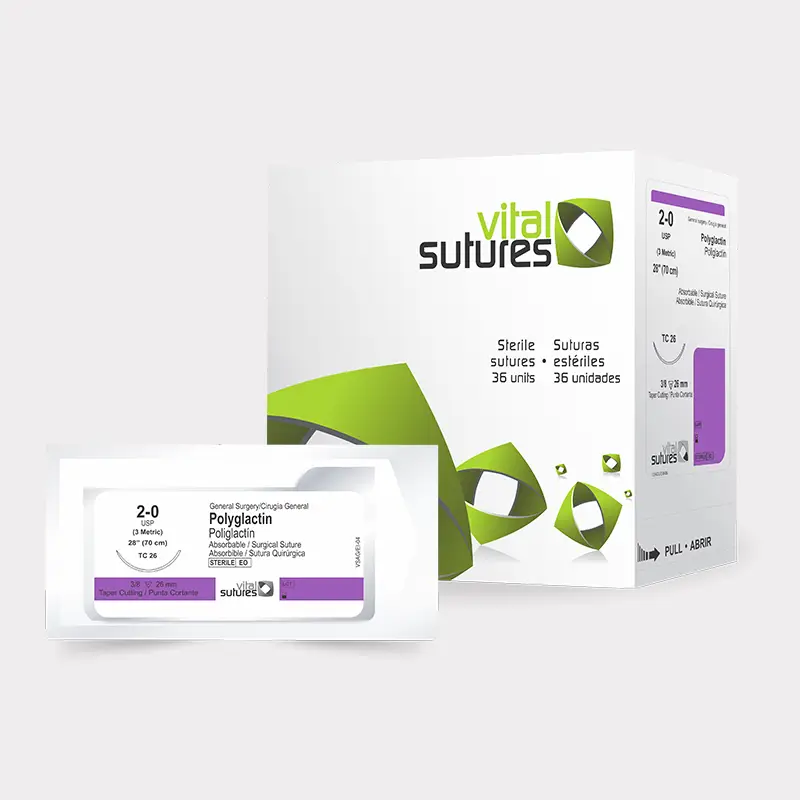
 Request Information
Request Information Download PDF
Download PDF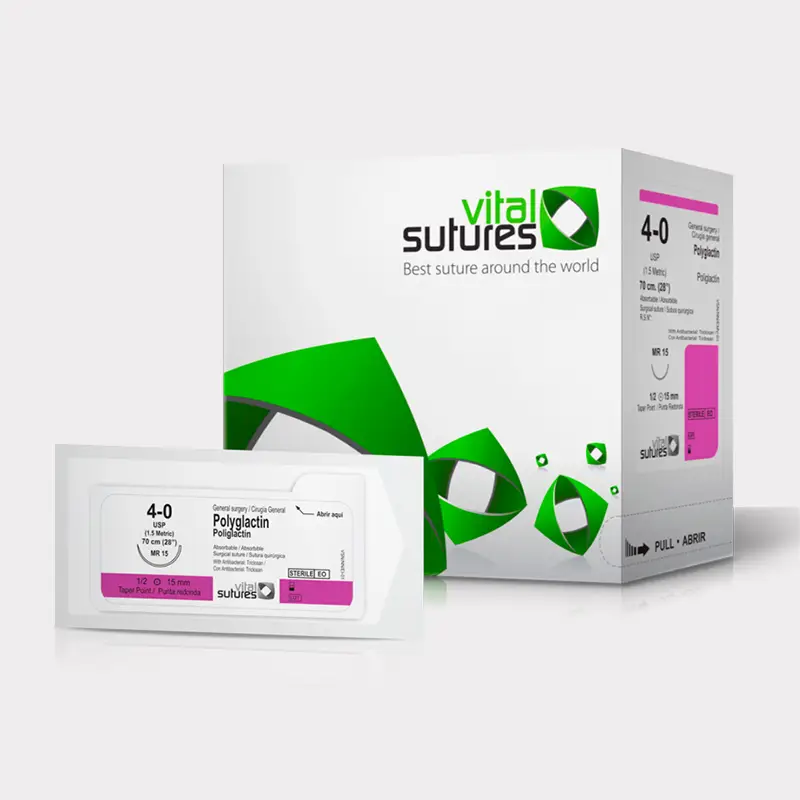
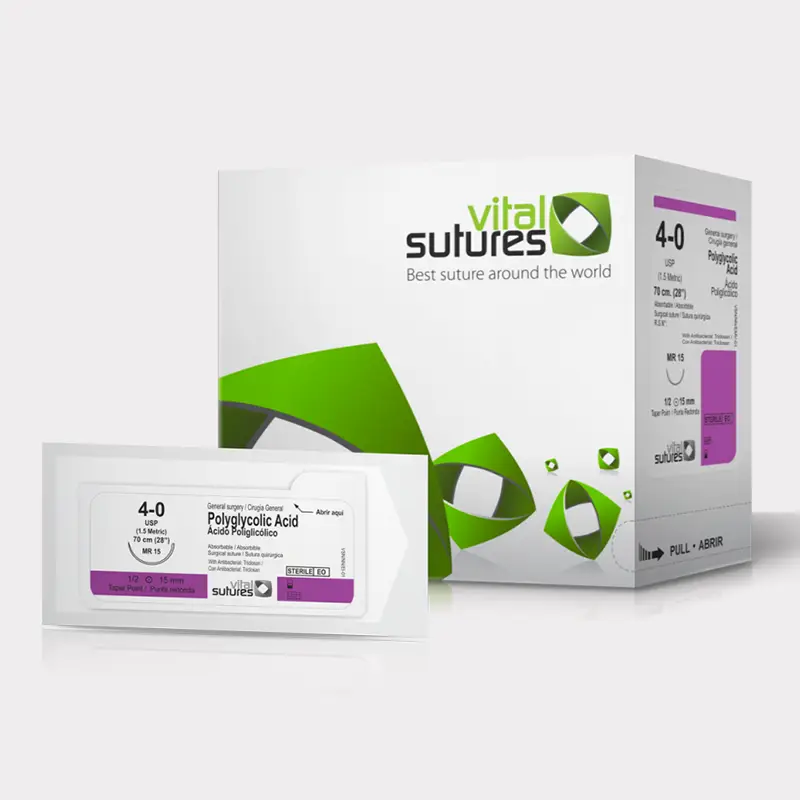
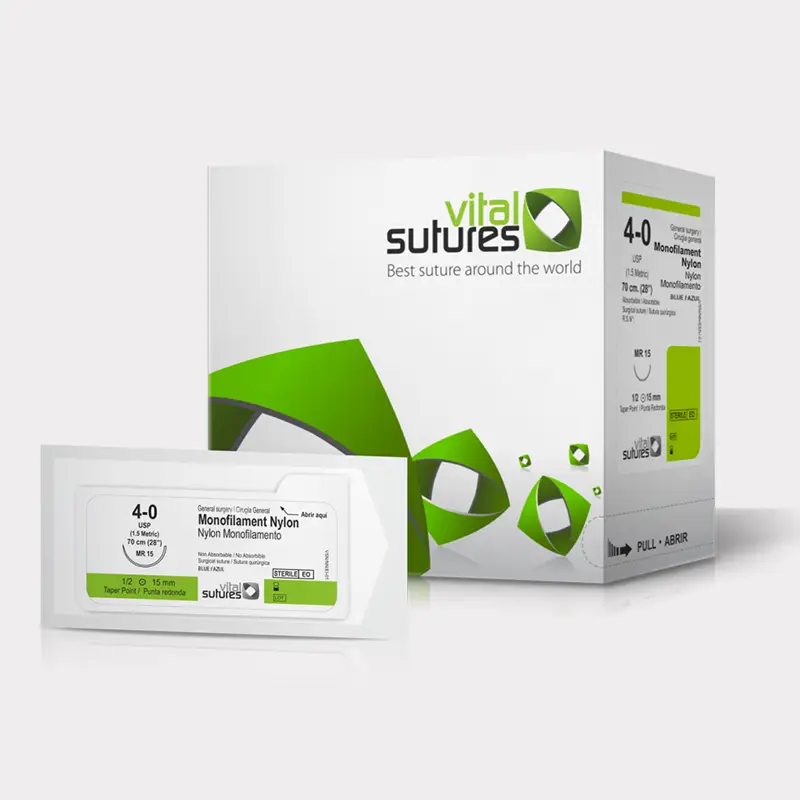
Reviews
There are no reviews yet.